All About Turning
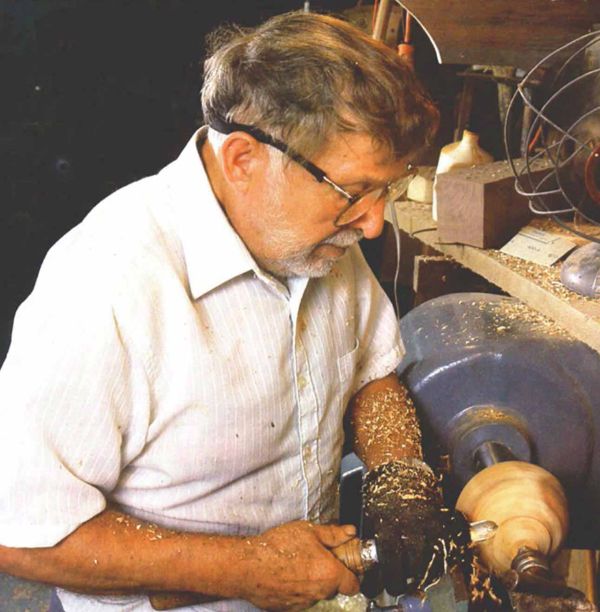
Turning falls into two broad categories — faceplate turning and spindle turning. Each one relies on a special set of tools and techniques.
The Basics:
• Faceplate turning: Bowls, vessels, and other round objects.
• Spindle turning: From furniture legs to decorative elements.
Faceplate turning
In faceplate turning, a chunk of wood, called a blank, is mounted on a plate or chuck, and attached to the headstock of a lathe, most commonly with the direction of the grain running perpendicular to the lathe bed. The tailstock is often not used, but can temporarily steady an unwieldy workpiece. Gouges are used to shape and hollow the blank. As they work, the gouges are supported by a tool rest that is constantly being readjusted as different areas are turned.
Faceplate turning accommodates projects in a range of sizes, from spinning tops to large-diameter tabletops. Large, heavy, or irregularly shaped pieces of wood require a lathe with significant swing (the distance from the center to the outside edge) and low turning speeds. When turning plates, bowls, and vessels, the swing, not the distance between centers, is the most important feature on the lathe. Some lathes feature outboard faceplates, or rotating headstocks, that can accommodate large-diameter projects.
Spindle turning
In spindle turning, a workpiece, called a billet, is mounted to both the headstock and tailstock with the grain running parallel to the direction of the lathe bed. The headstock usually meets the workpiece with a four-prong spur center, which grips the end of the workpiece with four sharp blades. A live center holds the workpiece at the tail stock, holding the workpiece firmly while allowing it to spin freely on ball bearings.
Spindle-turning tools are different from those used in bowl turning, in addition to gouges (which feature a special spindle grind), there are a variety of types of scrapers, and the skew chisel.
The distance between centers on the lathe is the crucial feature in spindle turning. This distance determines the maximum length workpiece that can be turned. Legs for a standard height table, for instance, must be about 29 in. long. Turning bedposts would require an even longer distance between centers.
Fine Woodworking Recommended Products
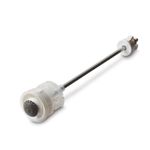
CrushGrind Pepper Mill Mechanism
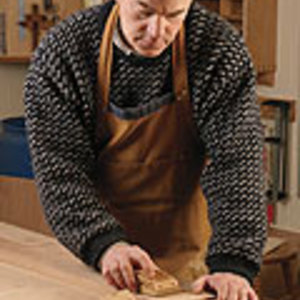


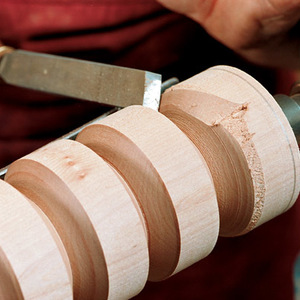
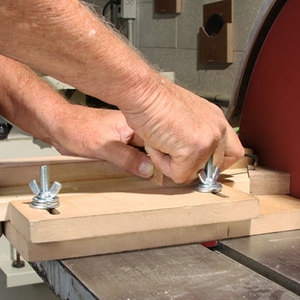
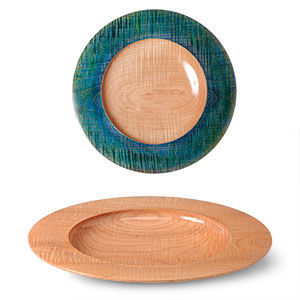
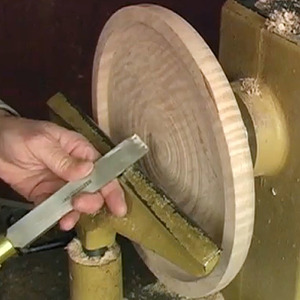






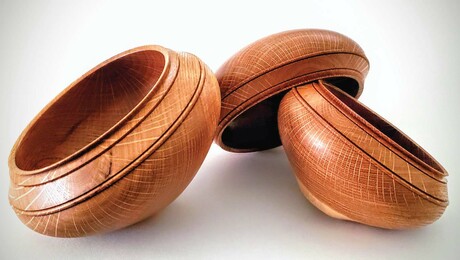








Log in or create an account to post a comment.
Sign up Log in